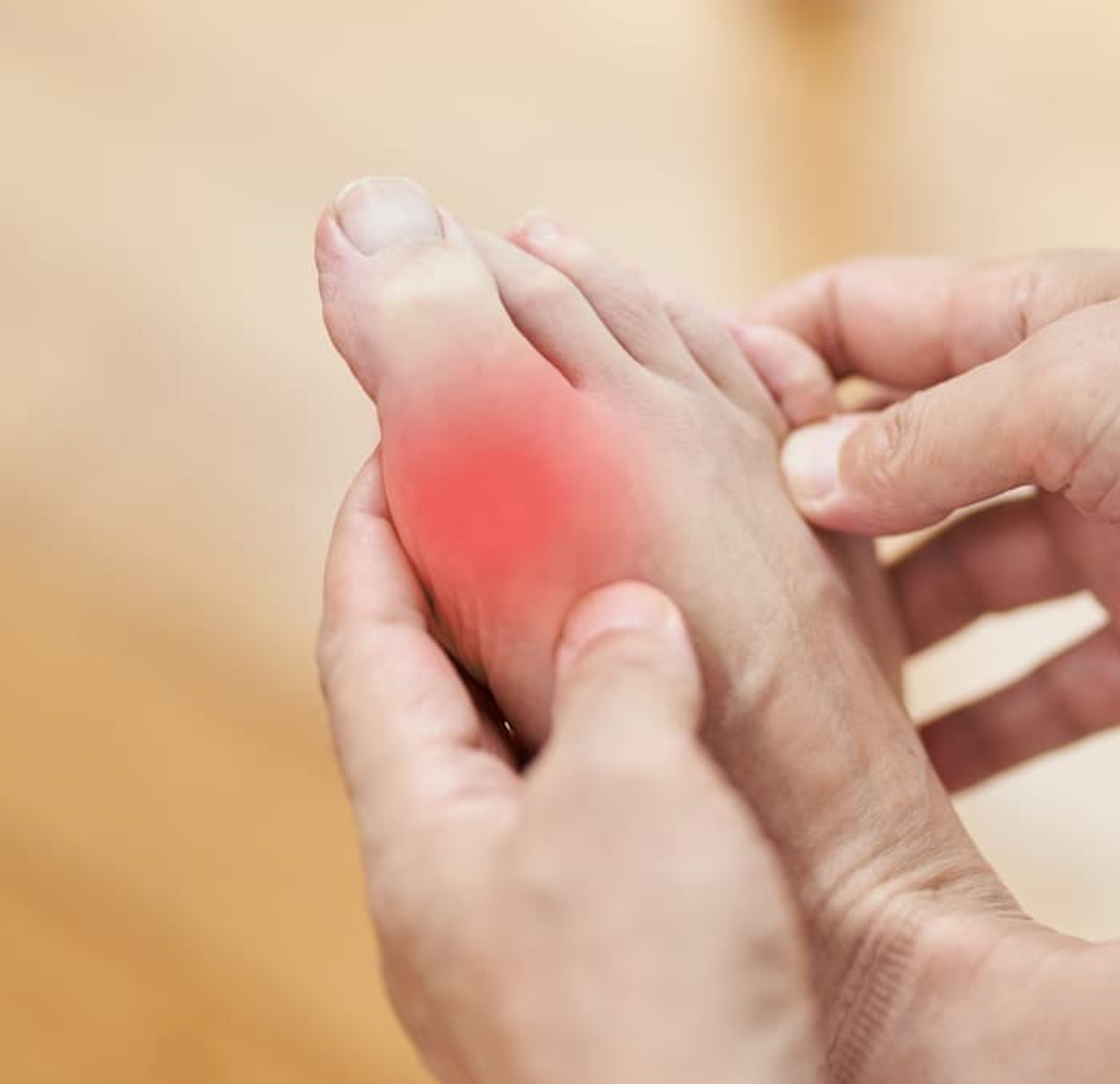Asymptomatic Hyperuricemia Increases Risk of Arthritis
Among patients aged 40 – 49 years, asymptomatic hyperuricemia was linked to incident arthritis.
Credit: Adobe Stock/mapo

A cross-sectional study of adult patients living in the United States (US) revealed asymptomatic hyperuricemia was a risk factor for incident arthritis, particularly for osteoarthritis, according to data published in BMJ Open.1
Approximately 1 in 5 adults living in the US have an arthritis diagnosis, with estimates believed to increase 49%, affecting 78.4 million people, by 2040. Arthritis-attributable activity limitation is also expected to increase 52% to 34.6 million (1 in 9 adults). Therefore, the identification of arthritis and its risk factors is crucial.2
“Both hyperuricemia and osteoarthritis are influenced by common risk factors such as obesity and ageing,” wrote a group of Chinese investigators. “This shared relationship between risk factors suggests a potential connection between the hyperuricemia and osteoarthritis, with intra-articular urate contributing to crystallization and cartilage disruption in the context of these shared risk factors. The predilection for both osteoarthritis and gout occur in the same joints strongly suggest that osteoarthritis may predispose to the localized deposition of monosodium urate crystals, which influence structural joint damage.”
A multistage, stratified cluster was used to gather data on patients aged ≥ 20 years from the 2007 - 2018 National Health and Nutrition Examination Survey (NHANES). Patients with hyperuricemia and without hyperuricemia before a gout diagnosis were included in the analysis.
Investigators utilized a questionnaire to determine if patients had arthritis and, if so, what type of arthritis they were diagnosed with. The link between hyperuricemia and arthritis was assessed using logistic regression.
Within the past 12 years, the percentage of patients with arthritis decreased slightly from 25.95% (22.53% - 29.36%) to 25.53% (21.62% - 29.44%). However, the prevalence of osteoarthritis increased from 8.70% (95% confidence interval [CI]: 6.56% - 10.85%) to 12.44% (95% CI: 9.32% - 15.55%) and the prevalence of asymptomatic hyperuricemia changed from 16.35% (95% CI: 14.01% - 18.40%) to 16.39% (95% CI: 13.47% - 19.30%). Patients with asymptomatic hyperuricemia were associated with the onset of arthritis (odds ratio [OR] = 1.34, 95% CI: 1.07 - 1.69), although this link was not seen after adjusting for demographic and socioeconomic factors.
Among patients aged 40 – 49 years, asymptomatic hyperuricemia was linked to incident arthritis (OR = 1.96, 95% CI: 1.23 – 2.99). This association remained after adjusting for factors including income to poverty ratio, body mass index, hypertension, smoking status, diabetes, and education level (OR = 2.00, 95% CI: 1.94 - 3.36). Female participants with asymptomatic arthritis were more likely to develop arthritis, particularly in osteoarthritis, when compared with males (OR = 1.35, 95% CI: 1.14 - 1.60).
Although the use of a large, nationally representative sample was a strength of the study, investigators point to the cross-sectional study design as a limitation. They note future research including prospective design and Mendelian randomization could further determine the link between asymptomatic hyperuricemia and arthritis. Additionally, there is a possibility of recall bias which could have affected the accuracy of prevalence estimates. Information including medication use was not accounted for in the study. Lastly, the database provided limited information on the involvement of osteoarthritis in patients, such as treatments and imaging procedures.
“Our study results suggest that asymptomatic hyperuricemia patients may benefit from close monitoring for the development of arthritis, understanding the relationship between hyperuricemia and arthritis and identifying factors that contribute to their increased risk of these diseases, which may be of great significance for the prevention and management of these conditions,” investigators concluded.
References
- Liang Z, Wu D, Zhang H, Gu J. Association between asymptomatic hyperuricemia and risk of arthritis, findings from a US National Survey 2007-2018. BMJ Open. 2024;14(2):e074391. Published 2024 Feb 12. doi:10.1136/bmjopen-2023-074391
- Murphy LB, Cisternas MG, Pasta DJ, et al. Medical expenditures and earnings losses among US adults with arthritis in 2013. Arthritis Care Res (Hoboken) 2018;70:869–76. doi:10.1002/acr.23425